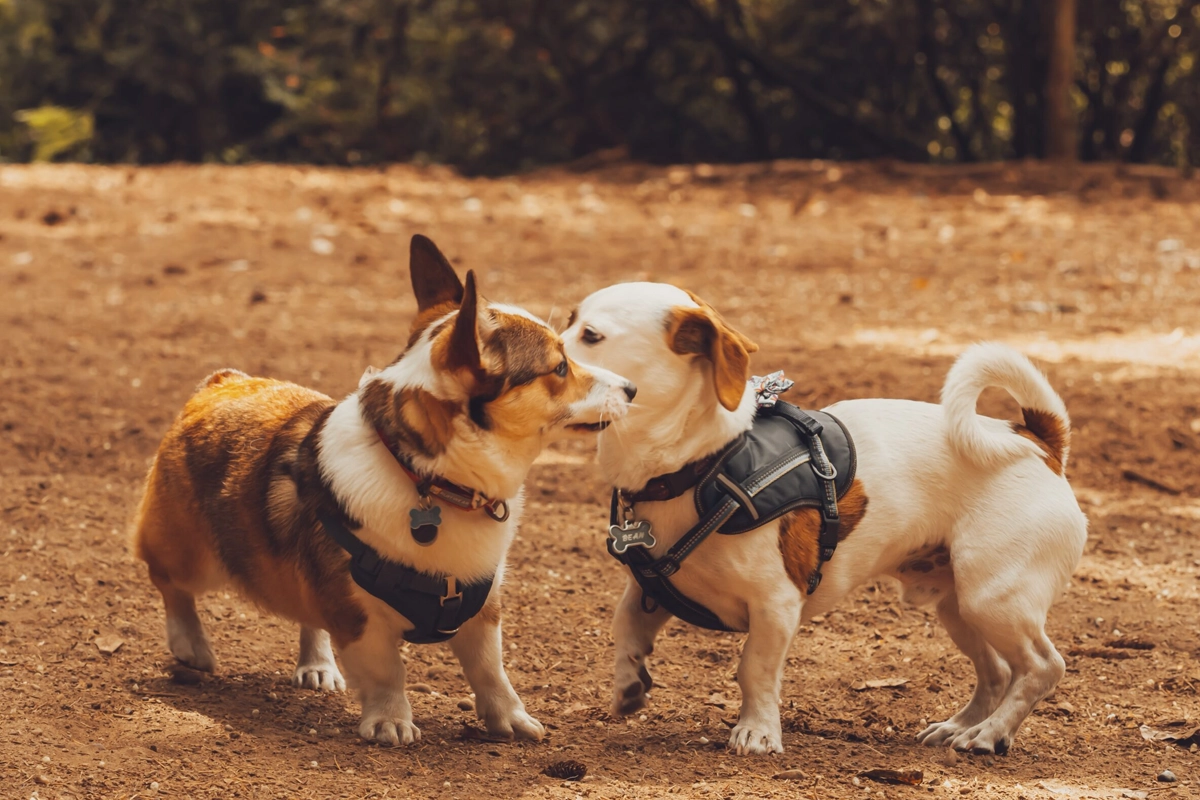Much like humans who can develop cancer after a good bake in the sun, dogs can contract UV skin cancers. NAIT instructor Dr. Christina Osborne advises how to practice sun safety in dogs and when a lump should raise flags in pet owners.
As Dr. Osborne emphasizes, not all skin cancers in dogs are caused by the sun, but exercising sun safety is important, especially for specific breeds.
“Sunscreen is a good idea for somebody who has a dog with a thinner hair coat or shorter hair. For example, like a boxer or a bulldog…It’s still not a bad idea to provide skin protection for the animal,” said Dr. Osborne. Keeshonds, Schnauzers, Basset Hounds, Collies, Beagles and Boston Terriers are some of the other breeds susceptible to skin cancers.
Before owners reach for the human sunscreen, Dr. Osborne cautions against it. Pooches, who are apt to licking lotions, find certain ingredients in human sunblock toxic. Plus, an upset stomach spells for stepping into mysterious diarrhea or vomit piles on the carpet. Dr. Osborne recommends instead that owners opt for pet-friendly sunscreens and ask a vet for product suggestions. Unlike humans, UV hats aren’t commonly worn by dogs and will likely be pulled off within moments, but body suits and sunscreens are widely sold.
“[Owners] have to make sure that they don’t get it [sunscreen] in the eyes or that the dogs don’t lick it off . . .The whole licking thing, humans don’t tend to lick after [applying sunscreen]. If [dogs] lick it or ingest it, it can cause some bad things so, again, not just any sunscreen,” said Dr. Osborne.
Melanin pigment acts as an internal sunscreen in some dogs, protecting them from UV damage, according to researchers Ali and Naaz. Dr. Osborne explains that pink, unpigmented skin, often evident on the underbelly or around the eyes, is what falls prey to skin cancers and burns.
Just as humans get melanoma, dogs can get melanoma too. They are different cancers though.
“Melanoma is usually benign, which means it’s not usually like the bad cancerous types in dogs. But the thing is, is dogs can get a lot of different types of skin tumors, not all of them are related to sun or UV exposure…Thankfully, most or a large percentage of skin tumors in dogs are benign, but there are still some that are malignant or the bad guys.”
“What I often tell owners is kind of the same with people. If [the tumor] is rapidly growing in size, changing in appearance or in shape or if it feels like a soft lump that turned hard, those are things to definitely check. It’s better to get it checked out earlier rather than later in case it needs to be removed or dealt with, or if it is a bad type of lump,” said Dr. Osborne.
Although skin cancer is the most commonly diagnosed tumor in dogs, if caught early, it can often be successfully treated.
Most skin cancers in dogs boil down to genetics, but sun exposure, hormonal abnormalities and environmental factors play a role. If you notice a hard lump or wart on the belly or from inside your dog’s mouth, book an appointment with your vet for a check-up. Dr. Osborne consoles that more often than not, the lump will be benign.
“It can be just as important as in people because they [dogs] can get sunburn.”






